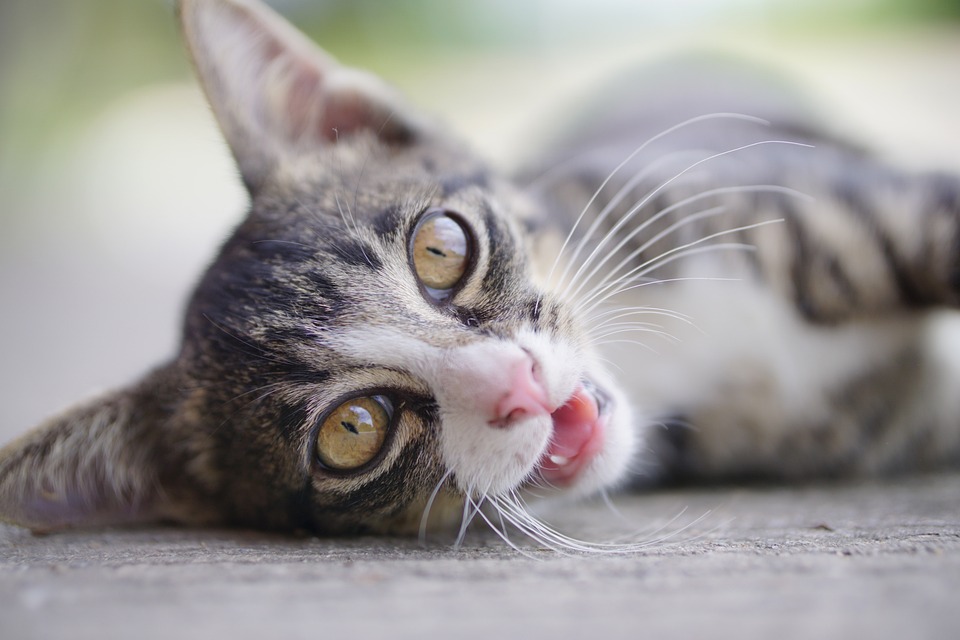Cat grooming is an essential part of maintaining the health and well-being of our feline friends. Not only does regular grooming keep our cats looking tidy and beautiful, but it also offers a range of benefits that can improve their overall quality of life. In this article, we will explore the advantages of cat grooming and provide some helpful tips to reduce shedding, hairballs, and allergens.
First and foremost, cat grooming matters for aesthetic appeal. A well-groomed cat is a sight to behold, with a shiny coat and clean appearance. Regular grooming helps to remove dirt, debris, and loose hair from the fur, keeping it in optimal condition. This not only enhances your cat’s appearance but also helps to prevent matting and tangles, which can be uncomfortable for your cat.
Grooming also presents an opportunity for bonding between you and your cat. Many cats enjoy the attention and physical contact that grooming provides. It can be a peaceful and calming experience for both you and your feline companion. Regular grooming sessions can strengthen the bond between you and your cat, fostering trust and affection.
Another important benefit of cat grooming is early problem detection. During grooming sessions, you have the opportunity to closely inspect your cat’s body for any signs of skin issues, parasites, or other health problems. Early detection of these issues can lead to prompt treatment and prevent them from becoming more serious.
Now let’s move on to some tips and techniques for reducing shedding. Shedding is a natural process for cats, but excessive shedding can be a nuisance. Regular brushing is the cornerstone of shedding prevention. It helps to remove loose hair from the coat before it ends up on your furniture or clothing. The frequency of brushing will depend on your cat’s coat type, with longer-haired cats generally requiring more frequent brushing.
Choosing the right brush is also important. Different coat types require different types of brushes. For example, a slicker brush is suitable for removing loose hair and tangles in long-haired cats, while a rubber brush or grooming mitt is effective for short-haired cats.
In addition to brushing, ensuring a healthy diet and nutrition can contribute to a healthy coat. A balanced diet with high-quality cat food can promote a shiny and healthy coat from within. Consult with your veterinarian for dietary recommendations that suit your cat’s specific needs.
For some cats, regular bathing may also help to reduce shedding. However, not all cats enjoy being bathed, so it’s important to introduce bathing slowly and make it a positive experience for your cat. Use cat-specific shampoos and conditioners and be mindful of the frequency of bathing, as excessive bathing can strip the coat of its natural oils.
Hairballs are another common issue for cats, especially those with longer hair. Hairballs are formed when cats ingest loose hair while grooming themselves, which then accumulates in their stomach and can cause discomfort or digestive issues. Regular brushing can help to remove loose hair and prevent it from being ingested. There are also commercial hairball remedies available, such as treats or gels, which can help to lubricate the digestive system and facilitate the passage of hairballs. Some natural alternatives, like adding fiber to your cat’s diet or using petroleum jelly, may also be effective in reducing hairball formation. Consult with your veterinarian for the best approach for your cat.
When it comes to managing allergens, grooming can play a significant role. While there is no such thing as a completely hypoallergenic cat, regular grooming can help to reduce allergen levels in your home. Allergens, such as dander and saliva, are often responsible for triggering allergies in humans. Regular brushing helps to remove loose hair and dander from the coat, preventing it from becoming airborne and reducing allergen exposure. Regular bathing may also be beneficial for allergy sufferers, as it can further reduce allergen levels on the cat’s fur. However, it’s essential to use cat-specific shampoos and techniques that are safe and comfortable for your cat.
In addition to grooming, there are other measures you can take to minimize allergens in your home. Vacuuming regularly, using air purifiers, and maintaining a clean environment can all contribute to reducing allergen levels.
To wrap up, cat grooming is not just about aesthetics; it is a crucial aspect of your cat’s overall health and well-being. By reducing shedding, preventing hairballs, and minimizing allergens, regular grooming sessions can greatly enhance your feline companion’s quality of life. Always prioritize your cat’s comfort during grooming and consult a professional groomer or veterinarian if you need further guidance. Happy grooming!








